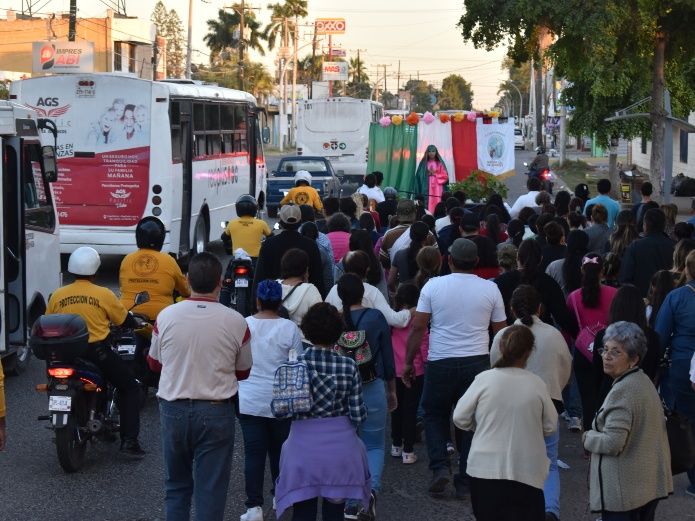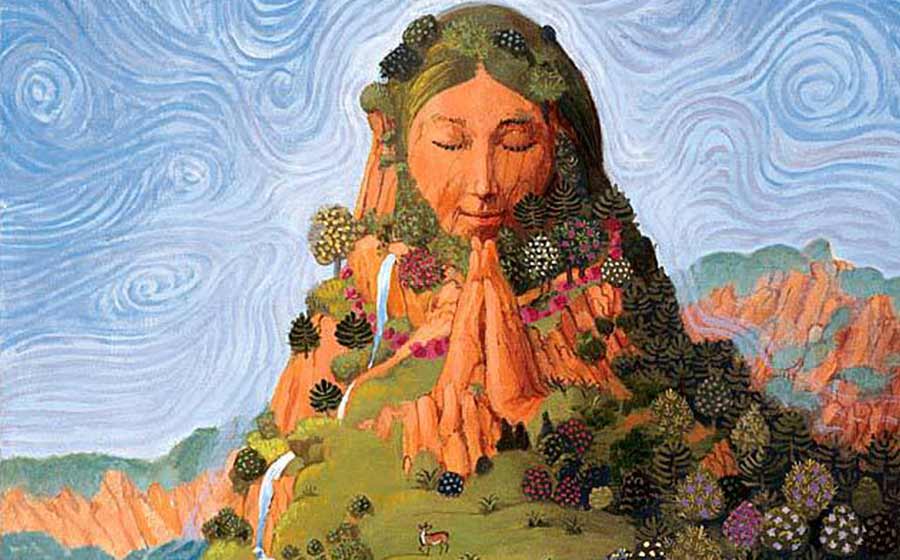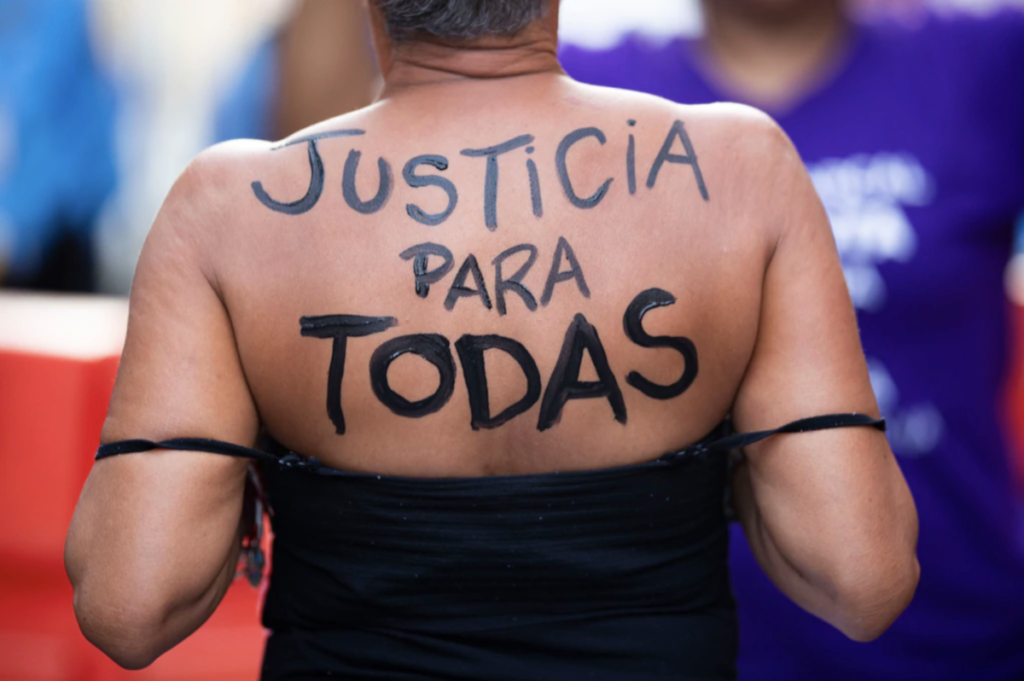
This week we initiated discussions about bodies in motion, based on the articles assigned and on videos we partially watched in class. We considered bodies that moved between Chicago and the DF, and back, to join the First-or-Second Tepeyac from the other in the case of the Guadalupanas; to move into the woods, into smoke, or into the waters in order to be infused with the spirit of María Lionza; or to dwell in the back-and-forth motion of interorality, between verbal and non-verbal, between the scriptural and the performative, and between land and the waters of the ocean, to bring an offer to Yemayá, perhaps with Oshún, Oya, and other deities from the Lucumí-Yoruba pantheons.
On Wednesday, we also embarked ourselves in a different kind of motion, that of the comparative methods. We initiatied a discussion about the complexities of good comparativism (apples and oranges, well compared), and started the comparative chart of all the female figures we have so far discussed.
For this week’s blog reflection, choose one thread of religious / spiritual meaning from one of the deities we studied and discussed this week, and one from previous weeks, and offer a comparative reading of them. Comparative reading 101: you shall not offer a tit-for-tat journey. Namely, you shall not seek to find ALL analogous traits; some of the best comparative work dwells in, and analyzes, contrasts and differences, to find links hidden below such disparities.
Please, post your reflection by Saturday at 8PM at the latest, so you can shift your focus to the readings and questions for next week. Good weekend, everybody!



